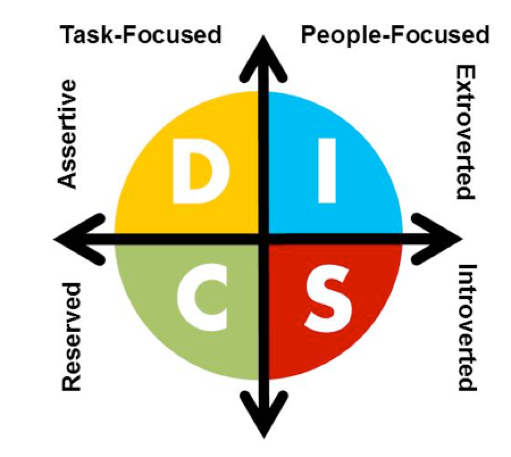Conflict and collaboration seem to be in direct opposition to one another, but a closer examination of these two concepts reveals how essential conflict is to have truly effective and meaningful collaboration.
The above quote concisely captures the essence of the point we are making today. The purpose of collaboration is to ultimately improve upon an idea or drive innovation. If the key members of a team already agree on just about everything, what is the point of collaborating? If done in a productive manner, conflict is the catalyst that will create breakthrough ideas and bring a team closer together.
To set the stage for this paradigm shift about the role of conflict within a team setting begin with these are key steps.
Define Roles
Begin by identifying the expertise and perspective of each individual on the team. Everyone has a critical role to play in the collaboration process. Think of it like assembling a team of Super Heroes each with their own unique super powers. It would not make sense to have a team comprised of 6 Spidermen all with the same skill set. Paint the picture that you have brought together a team similar to Marvel’s Avengers. Everyone has something unique and necessary to contribute.
RELATED: Want to Improve Your Company? Encourage Honest Disagreement

Recognize Personality Styles
As a leader, be sure to be aware of the mix of personality styles on your team. If you have not done so you can use a style assessment tool like DiSC to give you additional insights into each team member. You might find out that your team is heavily tilted with certain personalities and maybe lacks some others altogether. Be sure to encourage reserved and introverted team members to chime in on a regular basis and not get drowned-out by the more assertive and extroverted people on the team.

Establish Ground Rules
During this process you are instilling in your team that not only is it acceptable to disagree, but that it is their obligation to offer dissenting views and shine light on potentially faulty thinking or flawed ideas. Create consensus within the team as to what are the types of actions and language that are productive and those that are not. This will lay a foundation of trust between team members that a particular disagreement about an idea is not personal in nature in any way.
Practice Makes Perfect
Hopefully this has changed your perspective about conflict and how creating an environment that encourages productive conflict is essential for collaboration that will have the potential to generate ground-breaking thinking and new ideas for your organization.
Initially, people may be a bit reluctant to fully engage and utilize conflict in a productive manner because so many of our societal norms paint conflict in a negative light. Using these suggestions and leading by example will go a long way towards shifting ingrained viewpoints on conflict. Once your team experiences first-hand the positive results and the potential this mindset offers, get ready for some lively debates!
ALSO READ: How Yelp is Building an Extraordinary Culture of Teamwork
About the Author
David is a freelance writer living in the foothills of the Sierra Nevada in Auburn, California. A voracious reader with a curious mind about a wide range of topics, his interests involve drinking copious amounts of coffee and spending time in the mountains whenever he is not writing.











